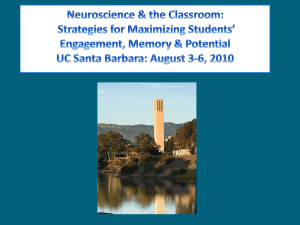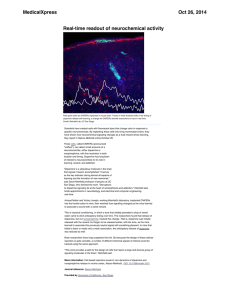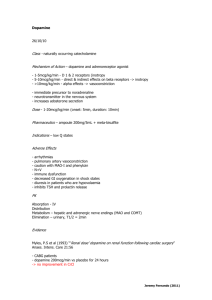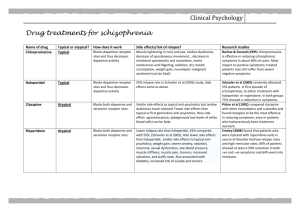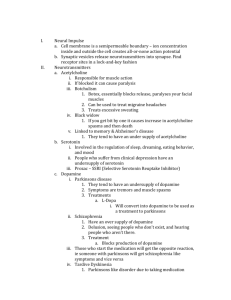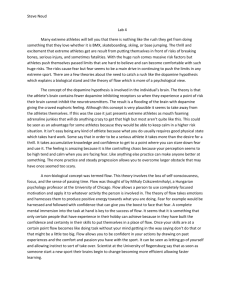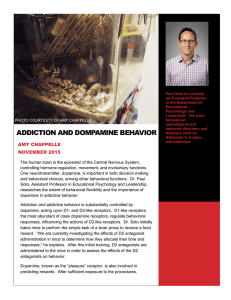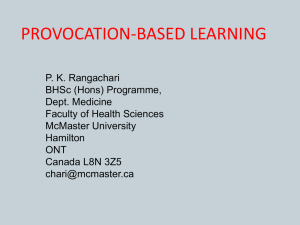10_SPORT_AS_LIFESTYLE
advertisement
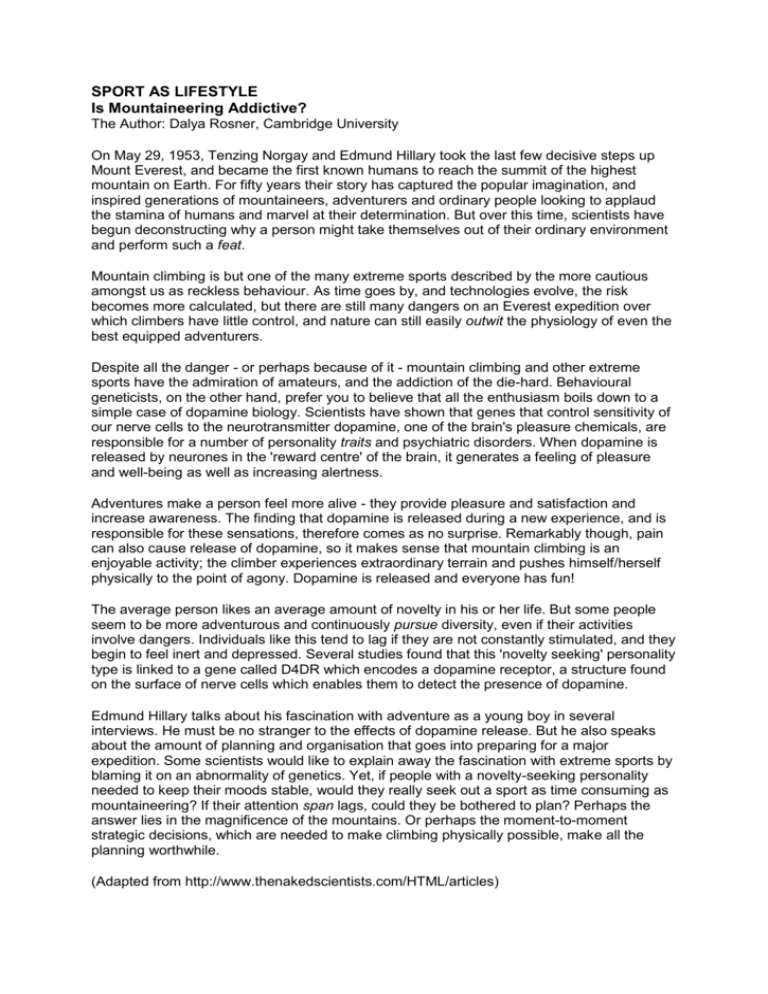
SPORT AS LIFESTYLE Is Mountaineering Addictive? The Author: Dalya Rosner, Cambridge University On May 29, 1953, Tenzing Norgay and Edmund Hillary took the last few decisive steps up Mount Everest, and became the first known humans to reach the summit of the highest mountain on Earth. For fifty years their story has captured the popular imagination, and inspired generations of mountaineers, adventurers and ordinary people looking to applaud the stamina of humans and marvel at their determination. But over this time, scientists have begun deconstructing why a person might take themselves out of their ordinary environment and perform such a feat. Mountain climbing is but one of the many extreme sports described by the more cautious amongst us as reckless behaviour. As time goes by, and technologies evolve, the risk becomes more calculated, but there are still many dangers on an Everest expedition over which climbers have little control, and nature can still easily outwit the physiology of even the best equipped adventurers. Despite all the danger - or perhaps because of it - mountain climbing and other extreme sports have the admiration of amateurs, and the addiction of the die-hard. Behavioural geneticists, on the other hand, prefer you to believe that all the enthusiasm boils down to a simple case of dopamine biology. Scientists have shown that genes that control sensitivity of our nerve cells to the neurotransmitter dopamine, one of the brain's pleasure chemicals, are responsible for a number of personality traits and psychiatric disorders. When dopamine is released by neurones in the 'reward centre' of the brain, it generates a feeling of pleasure and well-being as well as increasing alertness. Adventures make a person feel more alive - they provide pleasure and satisfaction and increase awareness. The finding that dopamine is released during a new experience, and is responsible for these sensations, therefore comes as no surprise. Remarkably though, pain can also cause release of dopamine, so it makes sense that mountain climbing is an enjoyable activity; the climber experiences extraordinary terrain and pushes himself/herself physically to the point of agony. Dopamine is released and everyone has fun! The average person likes an average amount of novelty in his or her life. But some people seem to be more adventurous and continuously pursue diversity, even if their activities involve dangers. Individuals like this tend to lag if they are not constantly stimulated, and they begin to feel inert and depressed. Several studies found that this 'novelty seeking' personality type is linked to a gene called D4DR which encodes a dopamine receptor, a structure found on the surface of nerve cells which enables them to detect the presence of dopamine. Edmund Hillary talks about his fascination with adventure as a young boy in several interviews. He must be no stranger to the effects of dopamine release. But he also speaks about the amount of planning and organisation that goes into preparing for a major expedition. Some scientists would like to explain away the fascination with extreme sports by blaming it on an abnormality of genetics. Yet, if people with a novelty-seeking personality needed to keep their moods stable, would they really seek out a sport as time consuming as mountaineering? If their attention span lags, could they be bothered to plan? Perhaps the answer lies in the magnificence of the mountains. Or perhaps the moment-to-moment strategic decisions, which are needed to make climbing physically possible, make all the planning worthwhile. (Adapted from http://www.thenakedscientists.com/HTML/articles) I. Find the words in italics in the passage and decide which of the two meanings is correct: feat a) an action that needs strength and courage b) unacceptable idea to outwit a) to defeat b) to make a joke trait a) fault b) quality pursue a) try to achieve b) avoid span a) intensity of a quality b) the length of time II. Underline the key ideas and phrases in the passage. III. Summarise the content of every paragraph in one sentence. IV. Combine the one-sentence summaries into a coherent thesis including details from the passage, introducing examples etc. Verbs for referring to sources: Consider Discover Say Doubt Imply Show Believe Demonstrate Emphasize Point out Explain Suggest Claim Argue Determine Find Reveal Conclude

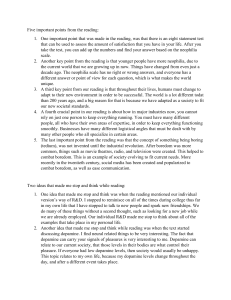


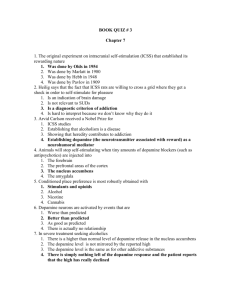
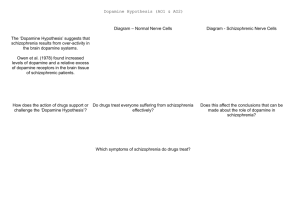

![[1] Edit the following paragraph. Add 4 prepositions, 2 periods](http://s3.studylib.net/store/data/007214461_1-73dc883661271ba5c9149766483dcfed-300x300.png)


